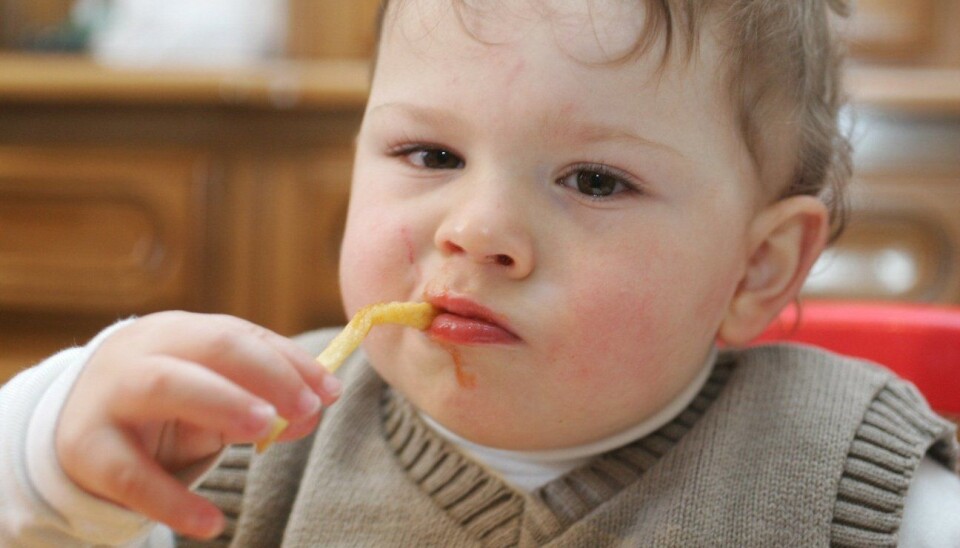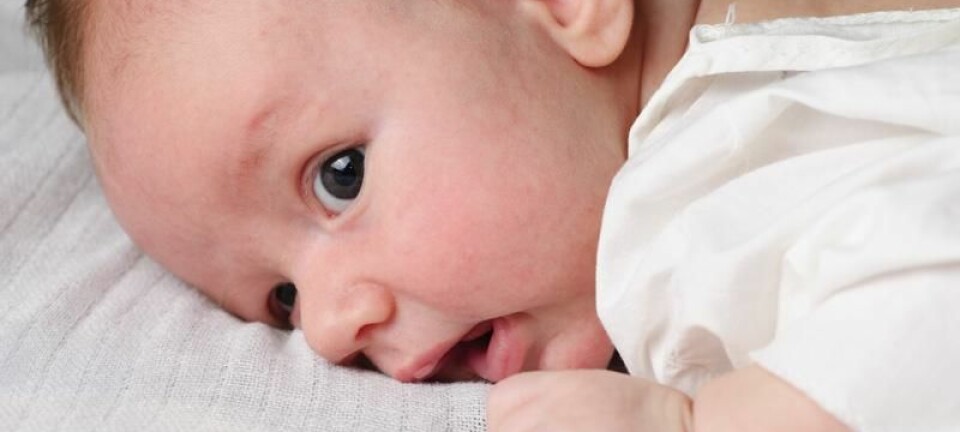
Big EU obesity study is lightweight
A major European study of child obesity failed to include a representative number of kids whose parents are single, immigrants, undereducated or have low incomes. That means the results provide an inaccurate picture of obesity rates in the next generation of Europeans, a group of Swedish researchers says.
Swedish researchers say the EU’s major IDEFICS study of children and obesity suffers from a bias problem. They believe the study's participants were not really representative of the demographics they are said to describe.
The researchers compared the 1,825 Swedish children used in the study with comparable group of randomly selected kids. They found significant disparities between the two.
The IDEFICS study involved considerably fewer participants from families with lower incomes and education levels. Children with single or immigrant parents were also underrepresented.
A disproportionate share of the participants had parents with traditional ethnic Swedish backgrounds and better than average educations, and they tended to be non-smokers and two parent-households.
There was no difference in the children’s weights in the two groups when the study started. But by the time the kids reached the age of eight, researchers found that there were more obese children in the reference group than in the group of IDEFICS participants.
International study
The IDEFICS study, which has the motto “Learning healthy living”, is a major survey of 16,220 children aged two to nine from selected areas in eight countries: Italy, Estonia, Cyprus, Belgium, Sweden, Hungary, Germany and Spain.
The parents were informed of the study and invited to take part through kindergartens and schools. The children in families that opted to participate were given health checks and the parents had to respond to questionnaires.
A total of 2,759 Swedish families from three areas were invited to participate and 1,825 actually did. But which families declined the invitation, and how does that affect the representativeness of the results?
Susann Regber from the Nordic School of Public Health NVH in Gothenburg and her colleagues suspected it was no random matter whether kids’ families opted to participate or not.
Biases in every country
The researchers generated a random selection of 1,825 children of the same age and from the same regions as the kids in the IDEFICS study.
The children in this reference group were pulled from the registry of the national statistics bureau, Statistics Sweden. Its databases include individual weights and the status of families.
By comparing the two groups it was possible to determine that the IDEFICS participants were not representative of the population in the given regions.
Regber and colleagues think the same problem was likely to have marred the results from the other countries. But they wrote that they had no way of ascertaining whether this bias in selection had the same effect in each country.
Got fatter
The researchers also hypothesised that the parents of obese children tended to be more reluctant to participate in the survey, but this turned out to be wrong. There were no weight differences among the two groups at the start of the study.
However, the IDEFICS group and the reference group developed differently. While 2.9 percent of the Swedish kids in the IDEFICS study were obese by the age of eight, the comparable share in the reference group swelled to 4.5 percent.
The researchers write that this outcome fits well with previous results that showed that children from households with lower socioeconomic status gained more weight than kids from more well-off homes as the years go by.
Adjusting responses
It’s troubling that a major study of child obesity did not including the groups that are most at risk. What impact does that have on fat-fighting initiatives for future generations?
The Swedish researchers think their results should be considered in the recruitment of participants for new obesity surveys, and when strategies are select for obesity prevention.
For example, potential particpants should be provided information in their own minority language, if needed, and texts should be adapted to parents with little education. And because single parents have much more hectic lives that families where two parents can share responsibilities, future studies would benefit if more flexibility were provided in scheduling meeting times and places.
----------------------------------
Read this article in Norwegian at forskning.no
Translated by: Glenn Ostling







